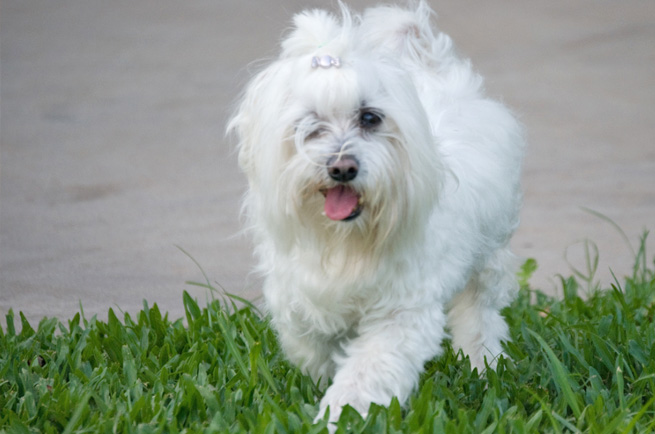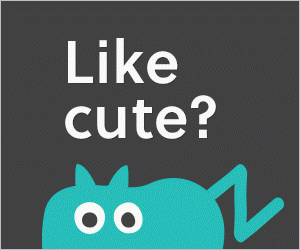Maltese
Maltese dogs are tiny bundles of energy that make the 'pawfect' human companion and lap warmer.
They are intelligent and love to learn new tricks and loving, wanting to be around their owner, and though their small stature might suggest otherwise, they make for good guard dogs as they are quick to sound the alarm at suspicious noises. They are a small, hardy dog with silky hair that grows quite long if you let it, making them a beautiful, dignified show dog. If you don't plan for your Maltese to win best in show, most owners keep their hair cut short.
The Maltese's body is compact and fine-boned, but sturdy and slightly longer than it is tall. They have deep chests and the skull is slightly rounded on the top, with a medium-length muzzle which does tapers but not to a point.
They have pendant, low-set ears which are set close to the head and heavily feathered. Depending on your grooming habits you may not even be able to see that there ARE ears under all that hair!
They have large, round black eyes and a black nose which are in complete contrast to their often snow white fur. Speaking of fur, Maltese have a silky, single layer coat that is white or light ivory. When kept long and groomed like a show dog, it hangs flat - it's not wavy, curly or kinky - and long over the sides of the body almost to the ground, about 22cm hanging on each side of a centre part line.
White, or light ivory in colour. Which, really, is still another shade of white.
13 -15 years
Maltese cost very little to feed as they are not big eaters, preferring to pick regularly rather than sit down to a set meal, so make sure to leave food out for them for extended periods of the day - in areas of the house that other animals won't eat it for them!
comments powered by Disqus



